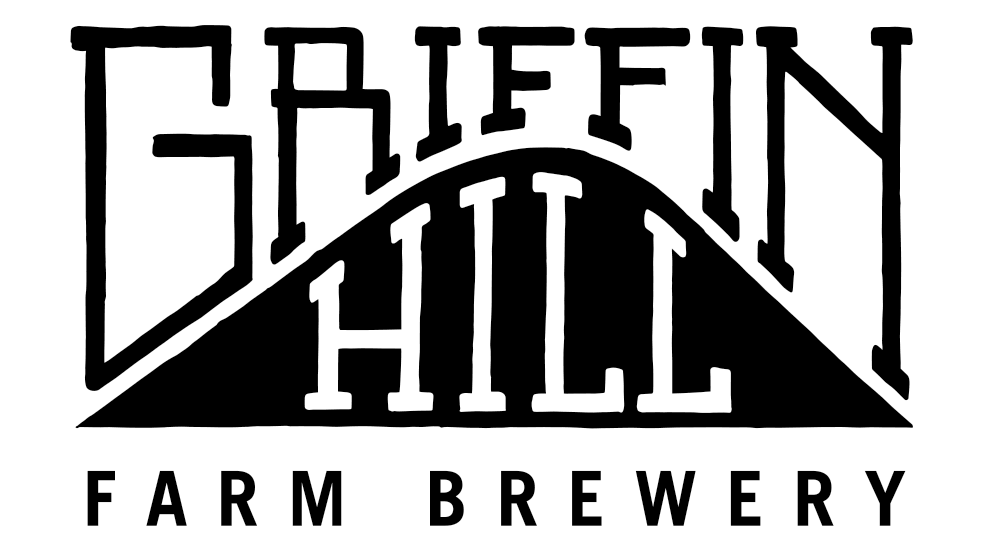Our last day in Normandy, we
went out on deliveries with Steve. The final stop was close to the
Ouistreham/Caen ferry terminal where we'd catch an overnight boat
across the channel.
The deliveries were a fitting close to our time at Le Brewery as we had helped brew, bottle, label, and pack the bottles of Norman Gold we were now delivering. We saw that Norman Gold all the way through!
Before our last delivery, we swung by the coastal town, Dives, where
Steve keeps his boat. She is the classic beauty in the photo above. We
climbed on board for a tour and heard about Steve's grand plans for
her.
After the last delivery and a (magnificent) bite to eat, we arrived at the terminal and parted ways with Steve, who left us with a bottle of Harold's Revenge for the voyage.
We thoroughly enjoyed its warming malty goodness as we sat on the deck and watched the lights on the Norman coast disappear.
Harold's Revenge by Le Brewery








